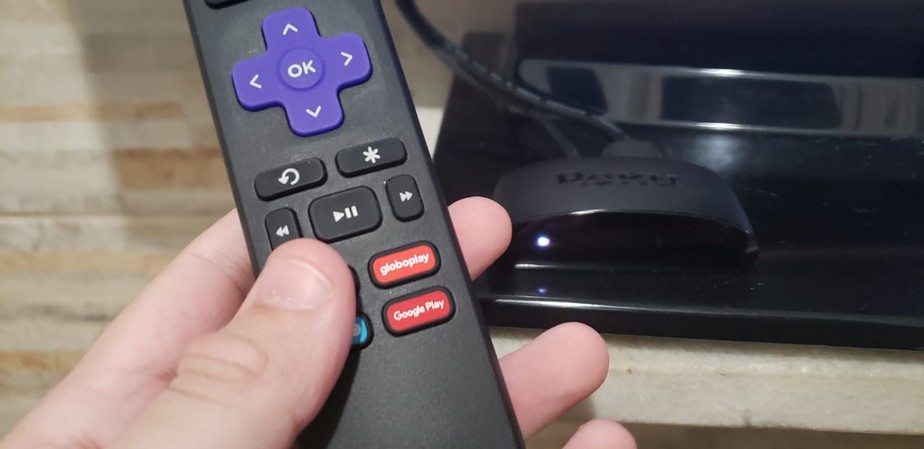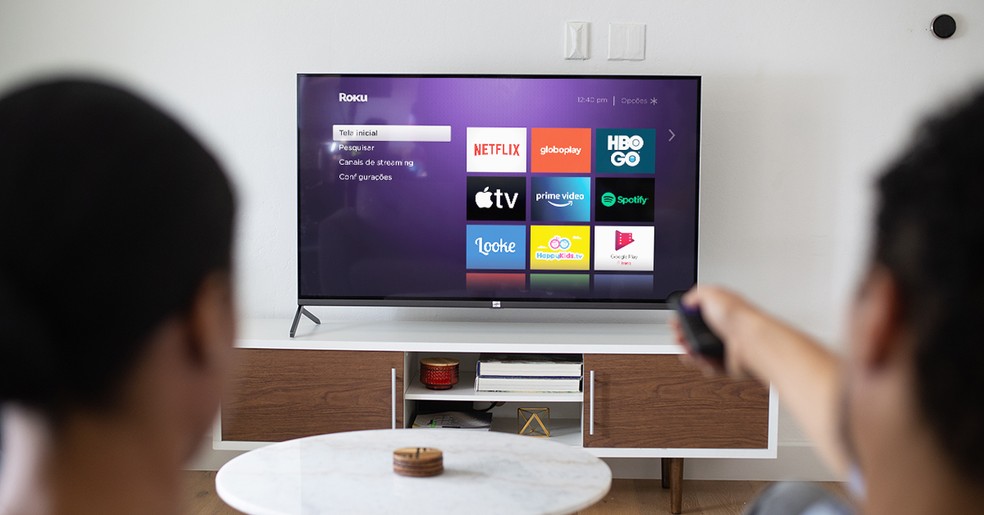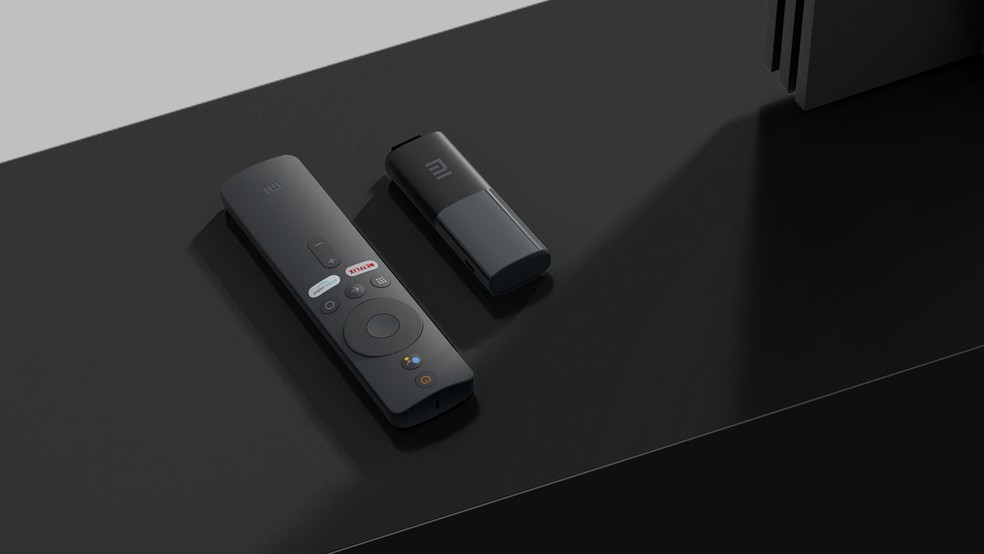Roku Express and Mi TV Stick, from Xiaomi, are two media center options to turn any TV into a smart one. The accessories bet on very complete and robust operating systems – RokuOS and Android TV -, with Full HD resolution and technologies such as DTS and Dolby.
Roku Express vs Mi TV Stick
| Specifications | Roku Express | Mi TV Stick |
|---|---|---|
| Launch | September 2020 | July 2020 |
| Price | $24.99 | $29.99 |
| Resolution | Full HD (1920 x 1080 pixels) via upscaling | Full HD (1920 x 1080 pixels) native |
| Processor | Unknown | 2GHz quad-core |
| Storage | Unknown | 8 GB |
| Operating system | rokuOS | Android TV |
| Color | black | black |
Design

Despite the similar proposals, the two accessories bet on different designs. The Mi TV Stick is a dongle that, as a kind of pen drive, is connected directly to the TV through the HDMI port and is quite discreet.
The Roku Express, on the other hand, is shaped like a “mini” TV Box. Although it is compact, the accessory requires more space than Xiaomi’s media center. In order not to necessarily be visible, the device comes with double-sided tape on the bottom, allowing the user to stick it to the back of the TV.
In terms of connectivity, the Mi TV Stick uses an HDMI port, as well as relying on USB power, relying on a micro-USB cable to connect to the TV itself or to an outlet adapter. The Roku Express also relies on power via USB but needs yet another cable, now HDMI, to connect to the TV. In other words: instead of one wire, there will be two to “hide” in the installation.
Specifications

Both Roku Express and Mi TV Stick are input models, capable of playing video content in Full HD resolution (1920 x 1080 pixels). However, there is an important point here: the Roku Express generates Full HD video through an upscaling process, which artificially produces a final image in 1920 x 1080 pixels, but starts from an HD sample (1280 x 720 pixels).
This difference may leave the Mi Stick ahead of those with Full HD televisions since this processing happens via hardware. In any case, if you are not very sensitive to the difference in resolution, this should not hinder the experience.
As for audio, the two products are quite comparable, with support for DTS and Dolby Atmos technologies, something important to preserve audio fidelity, as well as increase immersion when watching movies and series.
Functions and content

The user experience on both products revolves around media consumption, particularly via streaming. On the Mi Stick, the user will find Android TV, an operating system that shares the same OS base as cell phones. This gives the user access to the same large offering of apps found on smartphones, with occasional differences in support.
On the Roku side, the platform is exclusive to the brand and promises to be quite affordable. The manufacturer’s idea is to bring users more accustomed to traditional TV consumption to streaming, offering a very simple search system, an uncomplicated interface, and different “channels.” Among the content available on the Express are the main Netflix, Amazon Prime, and Globoplay, as well as Disney+, HBO Max, DirecTV Go, among others.
A significant difference between the two products is in the internal data space offered by the Mi TV Stick: Xiaomi’s media center guarantees up to 8 GB of storage, which the user can use to install apps, or even to store files downloaded from the Internet.
Both products come with their own remote control – Roku also allows the use of the cell phone for the same function – and allows integration with connected home services. In the case of the Express, a recent update included support for Apple’s HomeKit, making it possible to activate it by voice commands with Siri. The Mi TV Stick, meanwhile, is recognized by Google Home to access Google Assistant and also features a microphone on the remote control to activate Google’s AI.
Connectivity

Both devices have an HDMI interface to connect to the TV, as well as a USB for power. Simpler, the Roku Express offers Wi-Fi 4 (802.11bgn), a more limited standard compared to the Wi-Fi 5 available on the Mi TV Stick. This may imply less display stability, depending on the quality of the connection. In addition, Xiaomi’s dongle has HDMI 2.0, ideal for streaming in Full HD.
In Bluetooth, another point for the Chinese device, which brings standard 4.2 wireless connection. The Roku, in turn, does not have the feature, but the user can hear the content directly on the phone (and, from there, connect a Bluetooth headset, for example) through the app.
Price and availability
Both products are sold in the market on an official basis and are easy to find. Considering the official prices, the values start at $24.99 for the Roku Express and $29.99 for the Mi TV Stick.
This post may contain affiliate links, which means that I may receive a commission if you make a purchase using these links. As an Amazon Associate, I earn from qualifying purchases.

